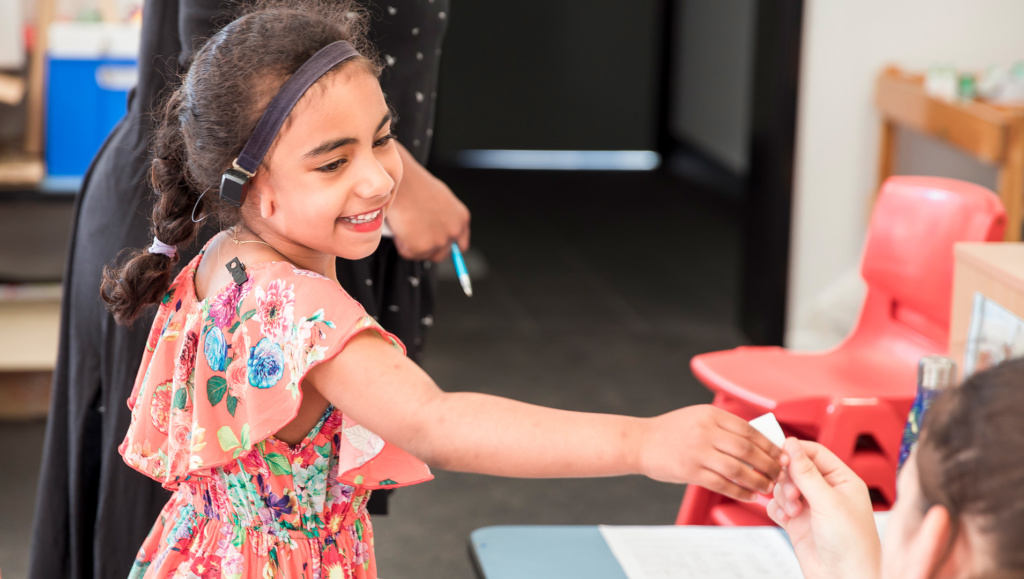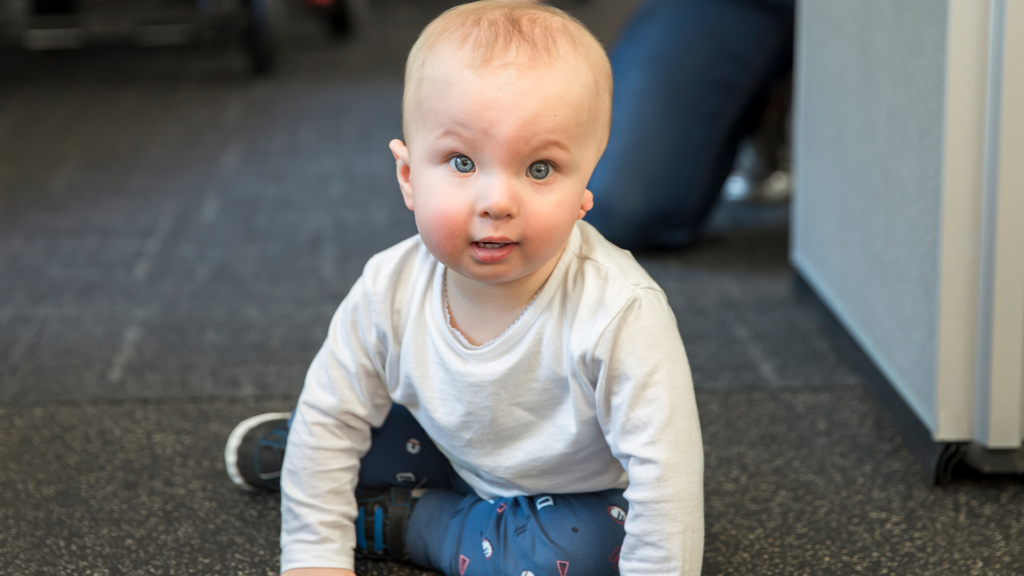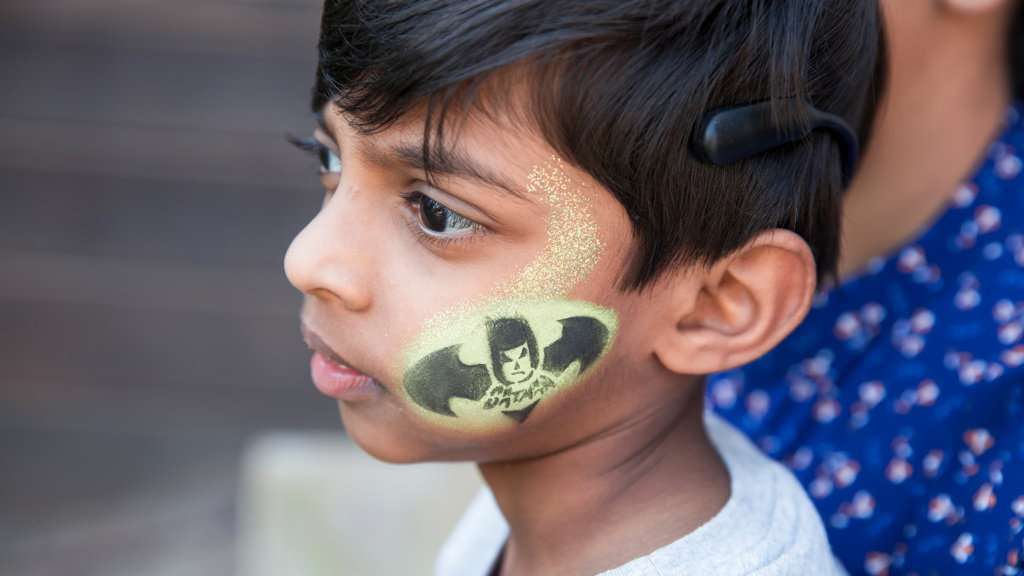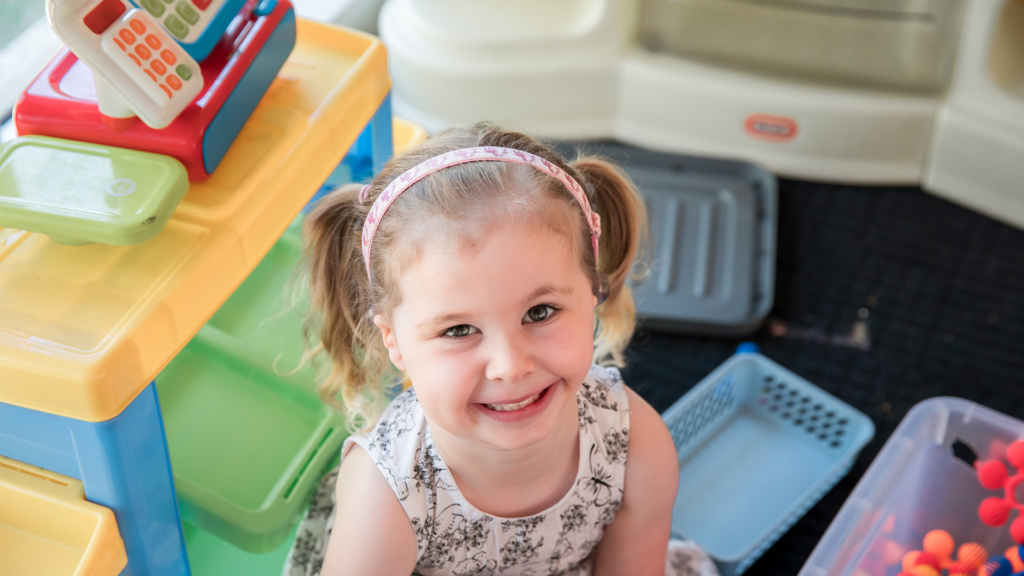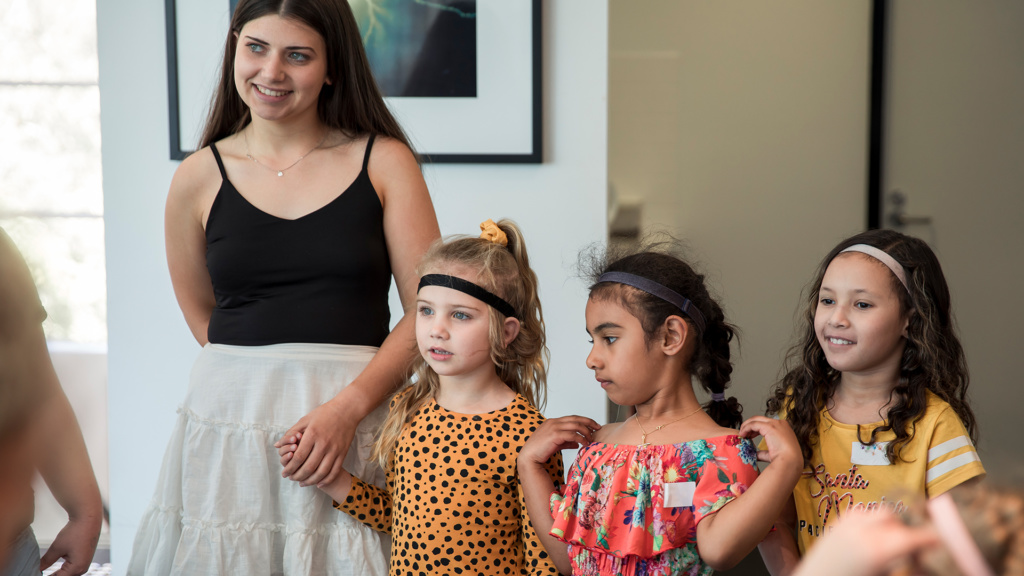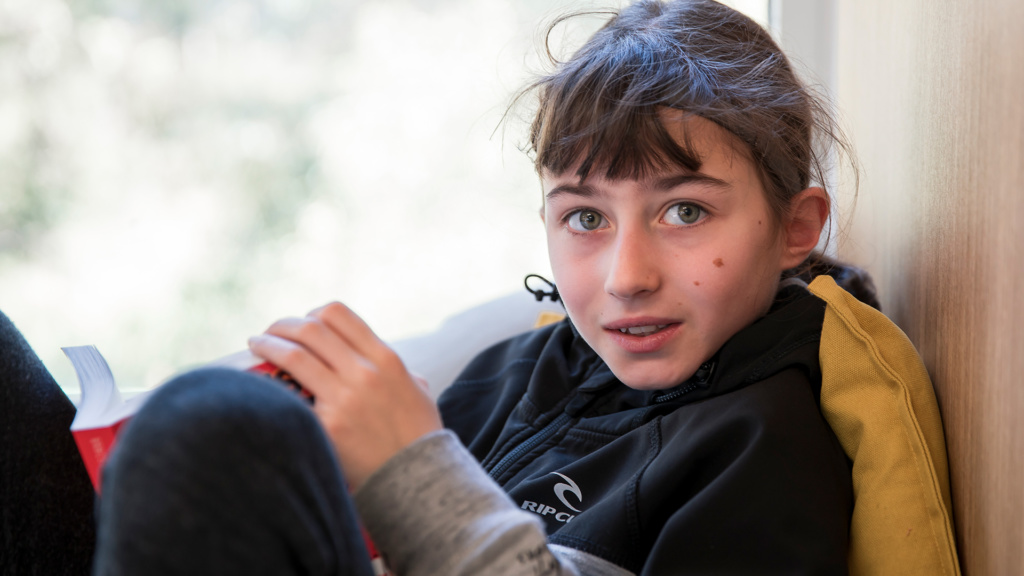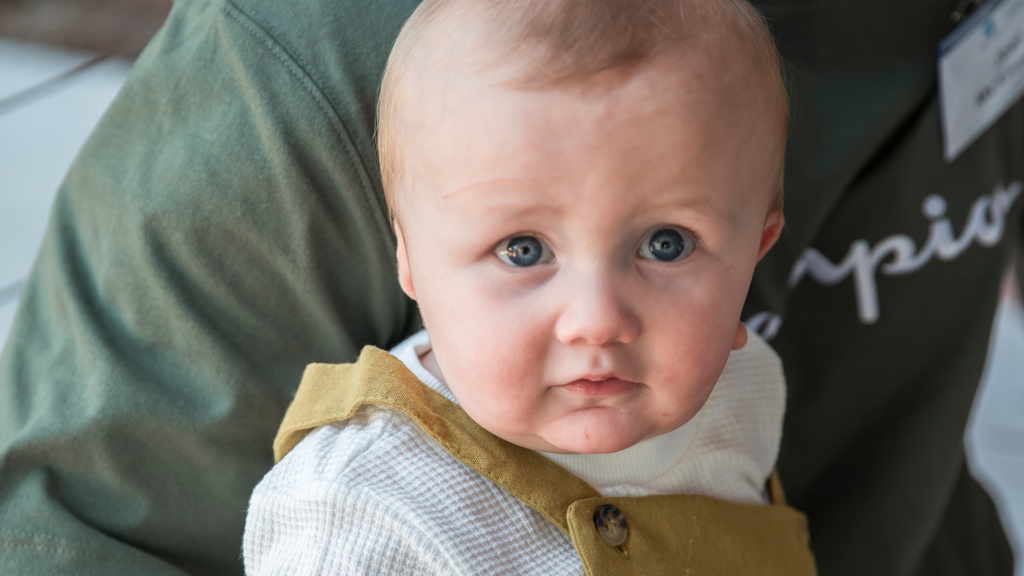If your child has bilateral microtia and atresia (both ears affected) they will require hearing assistance. It is important for these children to have a hearing device fitted as early as possible to provide clear auditory access to assist speech and language development. Children with unilateral microtia (one side) usually have normal hearing in their other ear, although this must be confirmed by a hearing test as soon as possible. They may also have trouble hearing clearly when there is a lot of background noise. The fitting of a hearing device is recommended for these children to help overcome these difficulties.
It is recommended that hearing technology options are explored as soon as possible. This is to enable best possible access to sound in the critical developmental periods for learning to hear, listen and speak.

